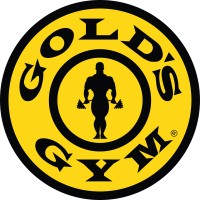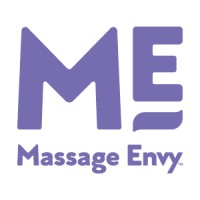
Gold's Gym
Gold’s Gym has been the world’s trusted fitness authority since 1965. From its beginning as a small gym in Venice, California, Gold’s Gym has grown into a global icon with more than 700 locations serving 3 million people across six continents each day. Whether you are an industry professional or interested in pursuing a dream to make your passion for Fitness a meaningful reality, we want to help you transform your life. Our journey started on a beach in California, yours starts today. Join our Talent Network to receive updates on open positions. http://www.goldsgym.com/join-our-team






